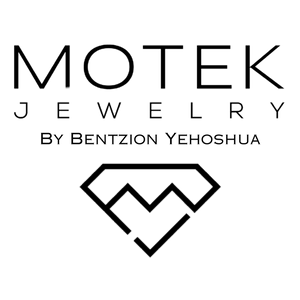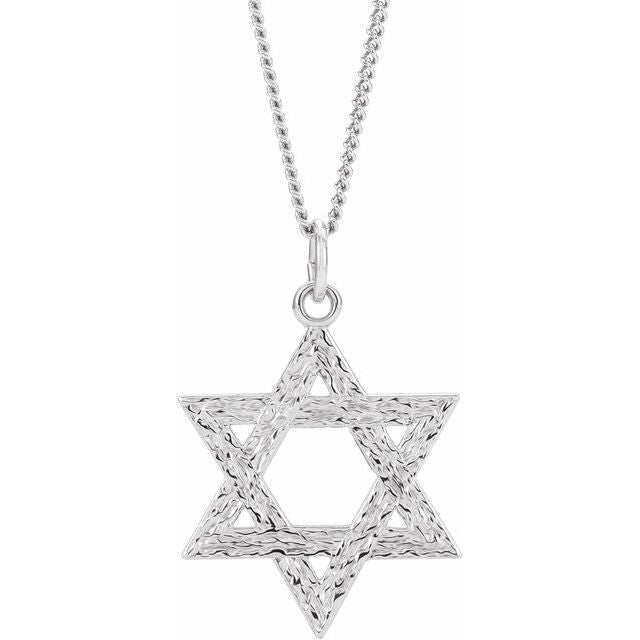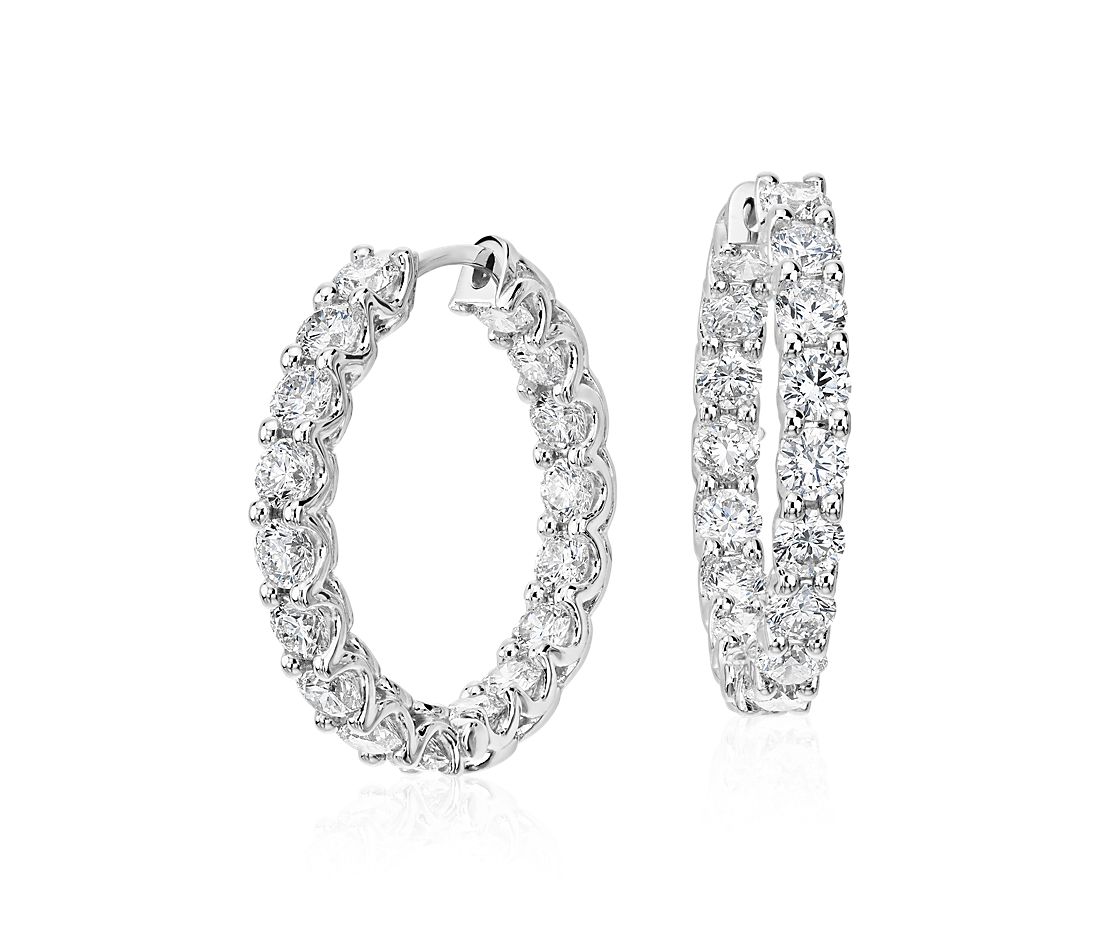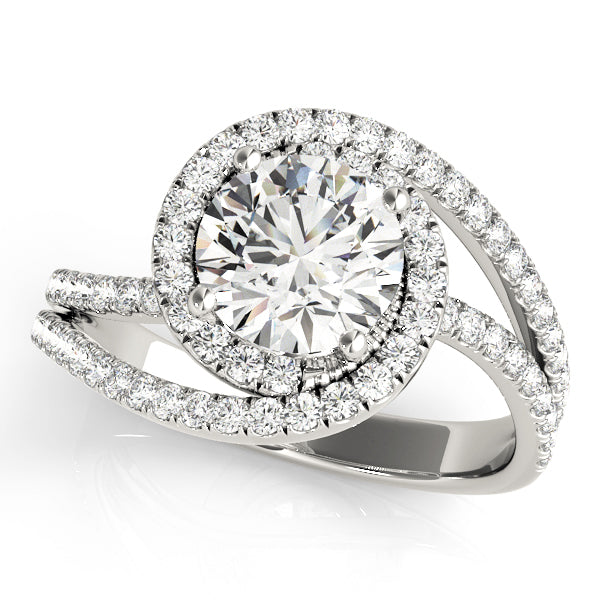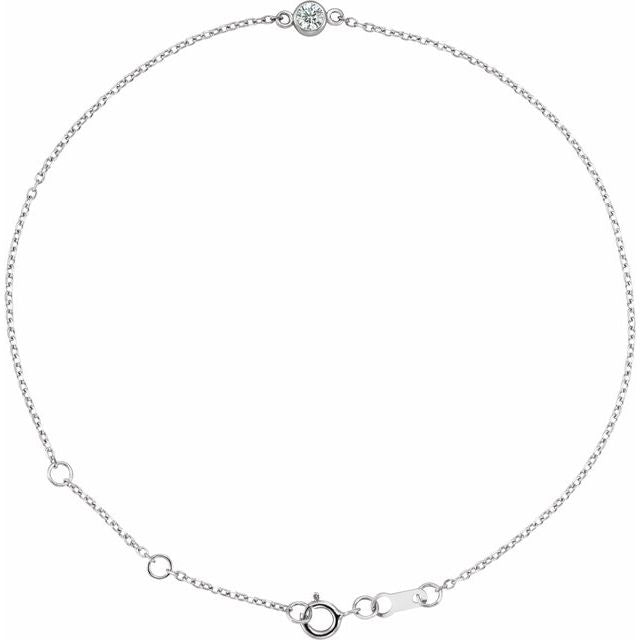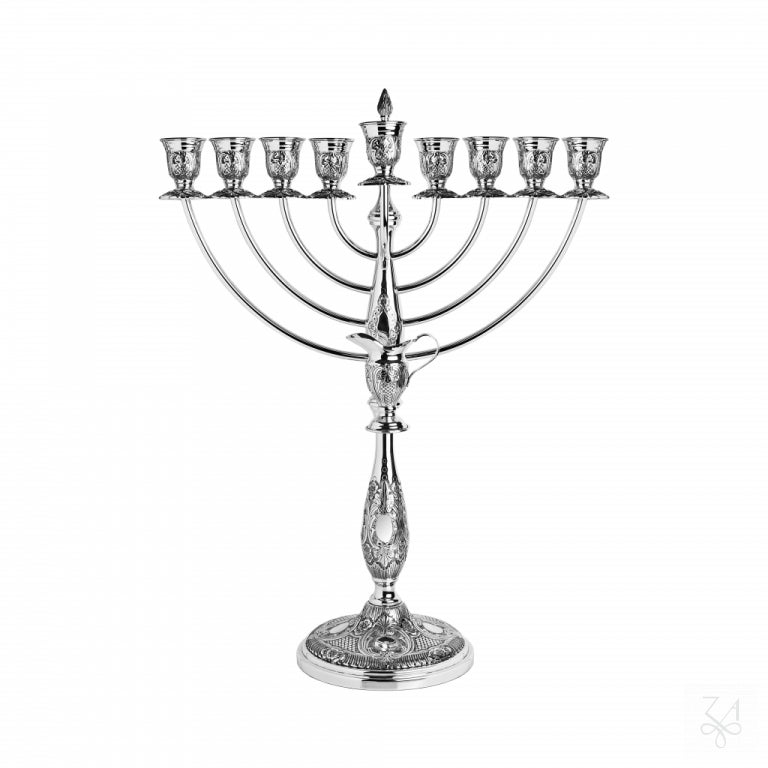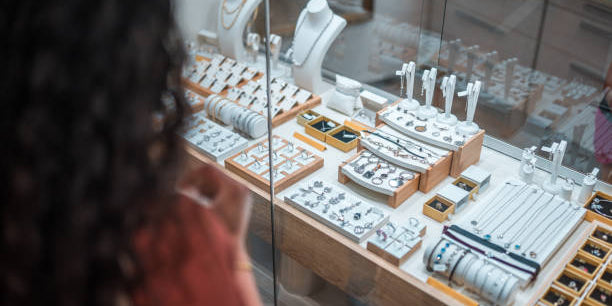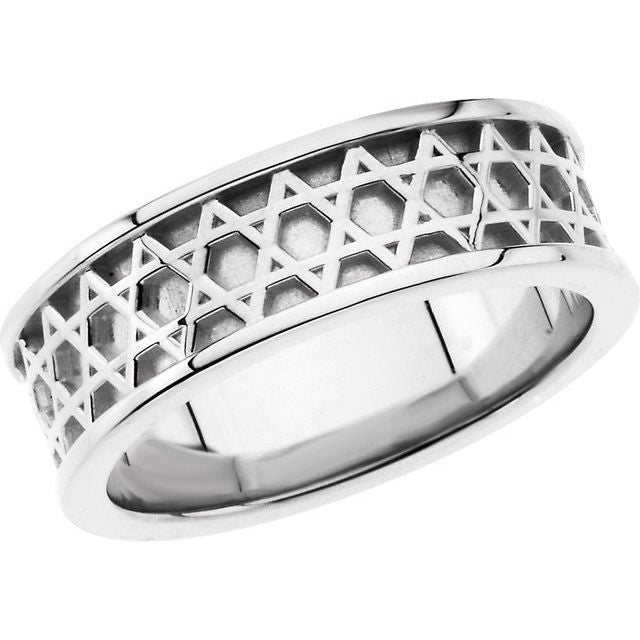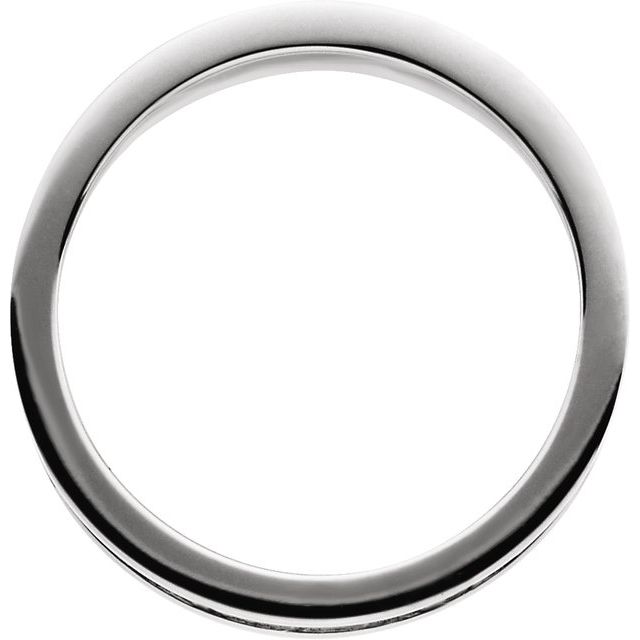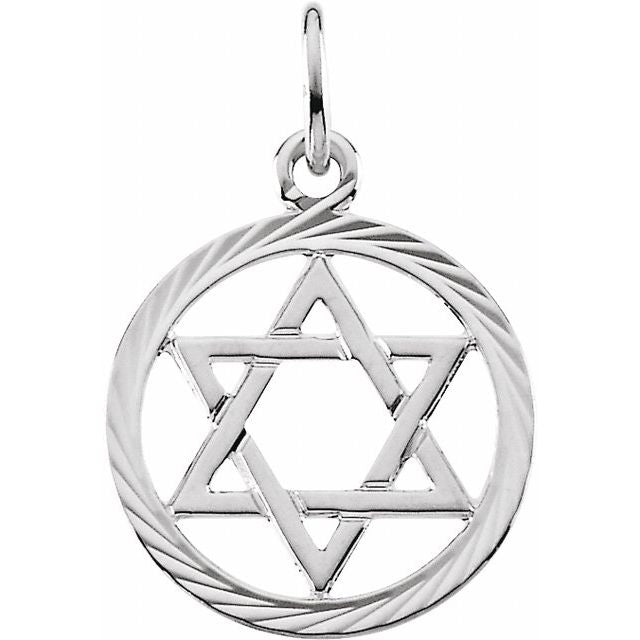Introduction
The global jewelry market reached a valuation of $228 billion in 2020 and is projected to grow to $307 billion by 2026, according to recent market analysis. This sustained growth reflects humanity's enduring fascination with adorning ourselves with precious metals and gemstones—a practice dating back over 100,000 years. For serious collectors, understanding the diverse world of jewelry goes far beyond simply appreciating what catches the eye; it requires knowledge of history, craftsmanship, materials, and cultural significance.
This comprehensive guide explores the essential jewelry types that should form the foundation of any thoughtful collection. Whether you're a novice enthusiast or a seasoned collector looking to diversify your portfolio, this exploration of jewelry categories will help you make informed decisions about your next acquisition.
Fine Jewelry: The Investment-Grade Category
Fine jewelry represents the pinnacle of jewelry craftsmanship, typically crafted from precious metals like gold, platinum, and silver, and featuring high-quality gemstones. According to the World Gold Council, approximately 50% of global gold demand comes from the jewelry sector, highlighting its significance in the precious metals market.
Gold Jewelry
Gold has maintained its status as the premier precious metal for jewelry for millennia, with archaeological evidence of gold adornments dating back to 4000 BCE. Modern gold jewelry comes in several varieties:
Yellow Gold
The traditional gold appearance, yellow gold typically contains 91.7% pure gold (22K) or 75% pure gold (18K) alloyed with silver, copper, and zinc. The Jewelry Industry Research Institute reports that yellow gold accounts for approximately 60% of all gold jewelry sales globally, with particular prominence in Asian markets where its rich color symbolizes prosperity and good fortune.
White Gold
Created by alloying gold with white metals like nickel, silver, or palladium, white gold offers a contemporary alternative to yellow gold. Often rhodium-plated to enhance its brilliance, white gold captured nearly 40% of the Western market share for engagement rings between 2010 and 2020, according to industry reports.
Rose Gold
Combining gold with copper creates the distinctive pinkish hue of rose gold. This variety has experienced a 35% increase in popularity since 2017, according to jewelry industry analytics, with millennial buyers particularly drawn to its romantic aesthetic and vintage appeal.
Platinum Jewelry
Platinum, rarer than gold and with greater density, creates exceptionally durable jewelry pieces. The Platinum Guild International notes that while platinum represents just 3% of precious metal jewelry by volume, it accounts for nearly 12% by value. Hypoallergenic and naturally white (requiring no plating), platinum maintains its appearance indefinitely without tarnishing, making it particularly valuable for collectors focused on longevity.
Silver Jewelry
With archaeological evidence of silver jewelry dating back to 4000 BCE in ancient Mesopotamia, silver remains a staple in jewelry collections worldwide. The Silver Institute reports that jewelry accounts for approximately 20% of annual silver demand. Sterling silver (92.5% pure silver, typically alloyed with copper) dominates the market, balancing purity with durability.
Contemporary collectors should note that artisan-crafted silver pieces from recognized designers have appreciated by an average of 15-20% annually over the past decade, outperforming mass-produced alternatives.
Gemstone Jewelry: Beyond Diamonds
While diamonds have traditionally dominated the gemstone market, accounting for approximately 40% of the global gemstone trade according to Bain & Company, discerning collectors increasingly recognize the value and uniqueness of other precious and semi-precious stones.
The "Big Three" Colored Gemstones
Emeralds, rubies, and sapphires—collectively known as the "Big Three"—represent the pinnacle of colored gemstone collecting. Market analysis indicates that fine examples of these stones have appreciated at an average rate of 5-8% annually over the past 20 years.
Emeralds
Characterized by their rich green color, emeralds derive their name from the ancient Greek word "smaragdus," meaning green gem. The finest specimens come from Colombia, which accounts for 70-90% of the global emerald market by value. The Gemological Institute of America notes that collectors should prioritize color intensity over clarity, as virtually all natural emeralds contain inclusions.
Rubies
Among colored gemstones, rubies command the highest per-carat prices, with exceptional Burmese specimens exceeding $1 million per carat at auction. A 2020 Knight Frank report identified rubies as the colored gemstone with the strongest investment performance, appreciating 99% over a ten-year period. The most prized variety, the "pigeon blood" ruby with its pure red color and subtle fluorescence, represents less than 1% of all rubies mined.
Sapphires
Though traditionally associated with blue, sapphires naturally occur in virtually every color except red (which would classify as a ruby). The American Gem Society reports that sapphire engagement rings have increased in popularity by 30% since the 2010 engagement of Prince William and Kate Middleton, which featured Princess Diana's 12-carat Ceylon sapphire.
Beyond the Big Three
Tanzanite
Discovered only in 1967 and found exclusively in a small region near Mount Kilimanjaro in Tanzania, tanzanite represents one of the newest additions to the gemstone market. The Tanzanite Foundation estimates that the current supply may be depleted within 20-30 years, making quality specimens particularly attractive to forward-thinking collectors. Since 2000, prices for fine tanzanite have appreciated at an average annual rate of 6.8%.
Opal
Australia produces approximately 95% of the world's precious opals, according to the Australian Opal Association. The finest black opals from Lightning Ridge can command prices exceeding $10,000 per carat. Contemporary collectors should note that Ethiopian opals have emerged as a significant market force since major discoveries in 2008, offering exceptional play-of-color at relatively accessible price points.
Paraiba Tourmaline
Perhaps the most dramatic gemstone discovery of recent decades, Paraiba tourmaline was first identified in Brazil in 1989. These neon-bright blue-green gems derive their exceptional color from copper content. With the original Brazilian mines largely depleted, prices have increased dramatically, with fine specimens appreciating by over 500% in the past decade, according to gemstone market analysts.
Period Jewelry: Collecting Through the Ages
For collectors interested in historical significance and craftsmanship evolution, period jewelry offers unique appeal. Industry statistics indicate that auction prices for authenticated period pieces have increased at an average annual rate of 11% over the past 25 years.
Georgian Jewelry (1714-1837)
Characterized by handcrafted designs predating the Industrial Revolution, genuine Georgian pieces feature distinctive handmade settings, closed backs for gemstones, and typically utilize low-carat gold or silver. Christie's reports that authentic Georgian jewelry pieces have seen a 28% increase in auction prices since 2015, reflecting their increasing rarity. Less than 1% of all surviving Georgian jewelry remains outside museum collections.
Victorian Jewelry (1837-1901)
The 64-year reign of Queen Victoria encompasses three distinct jewelry periods:
-
Early (Romantic) Period (1837-1860): Characterized by naturalistic designs featuring flowers, birds, and serpents (the latter popularized by Prince Albert's engagement ring to Victoria).
-
Mid (Grand) Period (1860-1880): Following Albert's death, jewelry adopted somber themes with darker materials like jet, onyx, and deeply colored garnets.
-
Late (Aesthetic) Period (1880-1901): Saw a return to lighter themes with abundant diamonds and the introduction of platinum.
The Gemological Association of Great Britain notes that Victorian jewelry accounts for approximately 40% of all period jewelry transactions by volume, making it the most actively collected historical category.
Art Nouveau Jewelry (1890-1910)
This revolutionary movement rejected industrialization in favor of handcrafted designs featuring flowing lines, natural motifs, and unconventional materials. Notable designers like René Lalique pioneered the use of previously overlooked materials like horn, glass, and enamel. Market analysis indicates that signed Art Nouveau pieces by recognized artists have appreciated at twice the rate of comparable unsigned pieces over the past decade.
Art Deco Jewelry (1920-1939)
Characterized by bold geometric designs, contrasting colors, and the extensive use of platinum and diamonds, Art Deco jewelry represents the most actively collected 20th-century period. According to data from major auction houses, Art Deco pieces have maintained the most consistent price appreciation among 20th-century jewelry categories, with an average annual increase of 7.3% since 2000.
Contemporary Designer Jewelry
The market for contemporary designer jewelry has grown significantly, with the global luxury jewelry market projected to reach $40 billion by 2025. Serious collectors increasingly recognize the investment potential of signed pieces from established jewelry houses and emerging designers.
Established Jewelry Houses
Cartier
Founded in 1847, Cartier pioneered the use of platinum in jewelry and created iconic designs like the Trinity ring and Panthère collection. Market data shows that vintage Cartier pieces have appreciated at an average rate of 9% annually over the past 15 years, with particularly strong performance for Cartier's "big cats" collection, which has seen a 45% price increase since 2010.
Tiffany & Co.
Established in 1837, Tiffany revolutionized the engagement ring market with the introduction of the Tiffany Setting in 1886. The brand's distinctive blue boxes have become cultural icons themselves. According to auction data, vintage Tiffany pieces by noted designers like Jean Schlumberger, Elsa Peretti, and Paloma Picasso have shown particularly strong investment performance, appreciating at an average rate of 11% annually.
Bulgari
Known for bold use of colored gemstones and distinctive serpent motifs, Bulgari pieces from the 1960s and 1970s have proven especially valuable to collectors. A 2021 market analysis revealed that Bulgari's Serpenti watches have appreciated by approximately 155% in the past decade.
Independent Designers
JAR (Joel Arthur Rosenthal)
With a production of fewer than 70 pieces annually, JAR creations represent the pinnacle of contemporary jewelry exclusivity. The designer's works have broken numerous auction records, with appreciation rates exceeding 200% for pieces sold at secondary market auctions compared to their original purchase prices.
Wallace Chan
This Hong Kong-based artist has revolutionized several jewelry-making techniques, including the Wallace Cut, a carved gemstone technique creating multiple reflections within a single stone. His pioneering work with titanium and jade has established new benchmarks for contemporary jewelry artistry. Market analysts note that Chan's pieces have appreciated by an estimated 300-400% between primary and secondary sales.
Cultural and Ethnic Jewelry
For collectors interested in cultural significance and unique craftsmanship techniques, ethnic and tribal jewelry offers compelling acquisition opportunities. This category has seen increased collector interest, with market values appreciating approximately 15-20% annually since 2015.
Indian Jewelry
With a jewelry tradition spanning thousands of years, Indian designs feature distinctive techniques like kundan (pure gold set without solder), meenakari (enamelwork), and thewa (fusing gold with glass). The Gem and Jewellery Export Promotion Council reports that antique Indian jewelry has appreciated at an average rate of 15% annually over the past decade, with particular strength in Mughal-era pieces.
Native American Jewelry
Turquoise, silver, and sophisticated metalwork characterize Native American jewelry traditions, particularly from Navajo, Zuni, and Hopi cultures. According to the Indian Arts and Crafts Association, authenticated pre-1960 pieces by recognized artists have appreciated by an average of 12% annually, with particularly strong performance for pieces featuring exceptional turquoise from now-depleted mines.
Scandinavian Modernist Jewelry
Characterized by clean lines, minimalist designs, and innovative use of materials, Scandinavian modernist jewelry (particularly from Denmark, Sweden, and Finland) has gained significant collector interest. Market data indicates that signed pieces by designers like Georg Jensen, Vivianna Torun Bülow-Hübe, and Henning Koppel have appreciated at an average annual rate of 9% since 2005.
Building and Maintaining Your Collection
Authentication and Documentation
According to the Jewelers Vigilance Committee, approximately 40% of all "estate" jewelry sold online lacks proper authentication. For serious collectors, independent appraisals and gemological reports from recognized laboratories like GIA, AGS, or SSEF provide essential verification. Comprehensive documentation increases resale value by an average of 30-40%, according to auction house statistics.
Storage and Insurance
Professional insurance assessors recommend specialized jewelry storage solutions with controlled humidity (ideally 40-50%) and temperature (around 70°F/21°C). According to industry data, properly stored jewelry retains its condition and value significantly better, with poorly stored pieces losing an estimated 15-20% of potential resale value due to preventable damage.
Insurance specialists recommend updating appraisals every 3-5 years to account for market fluctuations. Specialized jewelry insurance typically costs 1-2% of the total collection value annually but can save collectors from catastrophic financial loss.
Market Trends and Future Collecting Opportunities
Industry analysts project several emerging trends likely to influence collecting strategies:
-
Ethical Sourcing: Jewelry with documented ethical sourcing has commanded premium prices, with an average 10-15% price advantage over comparable pieces without such certification.
-
Men's Jewelry Renaissance: The men's jewelry market is projected to grow at a CAGR of 7.3% through 2025, outpacing the overall jewelry market, with particular strength in vintage watch alternatives and distinctive rings.
-
Innovative Materials: Contemporary designers experimenting with alternative materials (carbon fiber, ceramic, titanium) are creating new collecting categories with significant potential for appreciation.
-
Digital Authentication: Blockchain-based certification is emerging as a potential solution to provenance concerns, with early adopters of this technology potentially seeing value premiums in the secondary market.
Conclusion
Building a meaningful jewelry collection requires balancing personal aesthetic preferences with knowledge of materials, craftsmanship, historical significance, and market dynamics. By understanding the distinctive characteristics and collecting considerations for each major jewelry category, collectors can make informed decisions that enhance both personal enjoyment and potential investment returns.
Whether your collecting focus is period pieces with historical significance, gemstones of exceptional quality, contemporary designs from recognized artists, or cultural pieces with distinctive craftsmanship, the jewelry market offers abundant opportunities for thoughtful acquisition. The key to successful collecting remains consistent across categories: prioritize quality over quantity, invest in proper authentication and documentation, and acquire pieces that genuinely resonate with your collecting vision.
